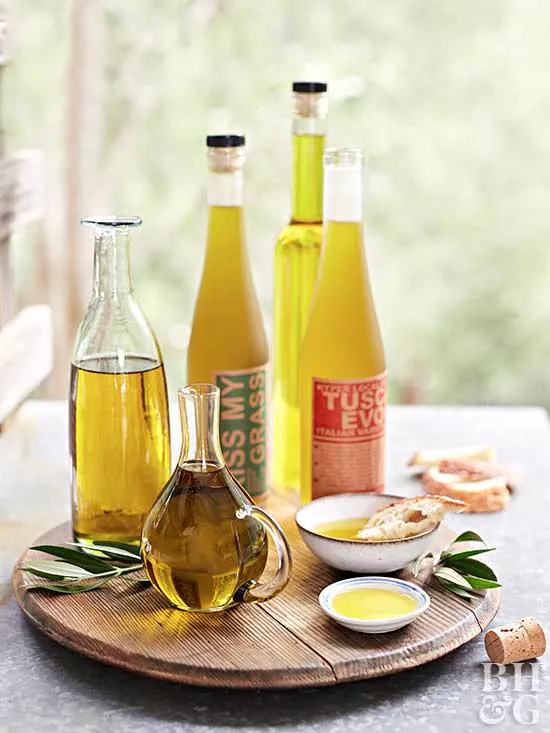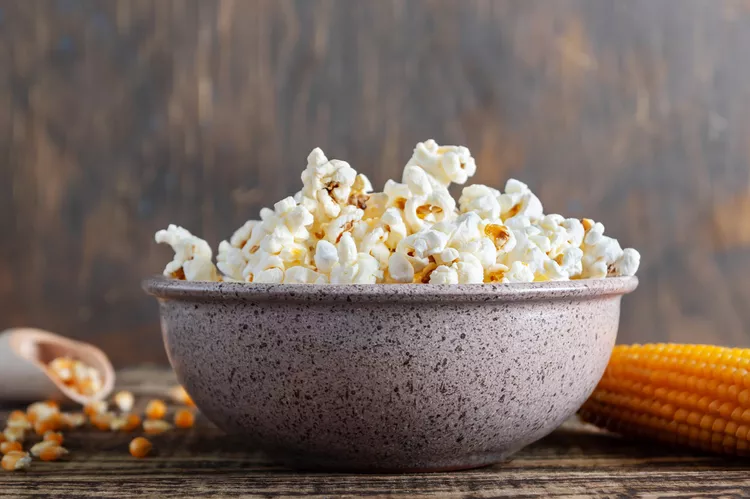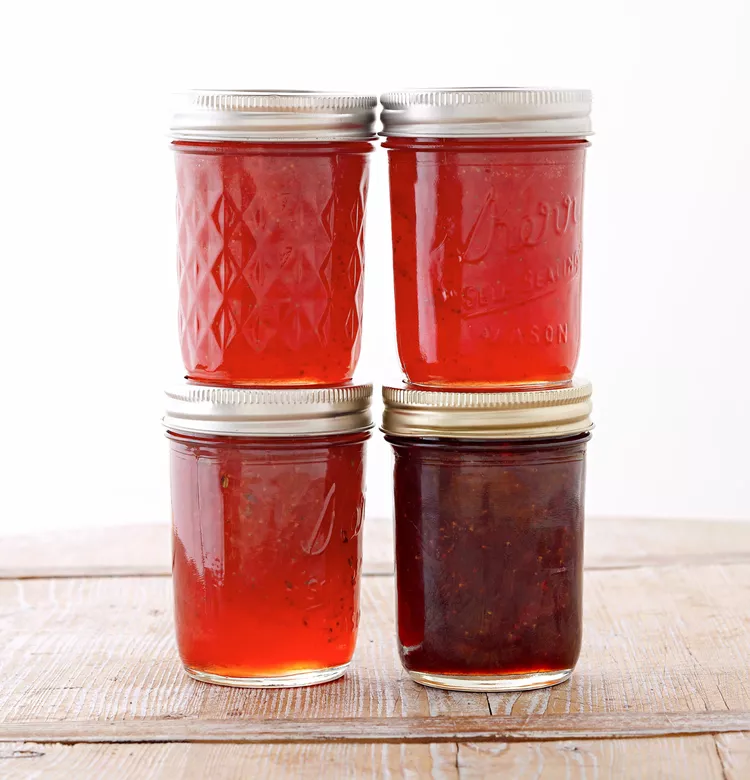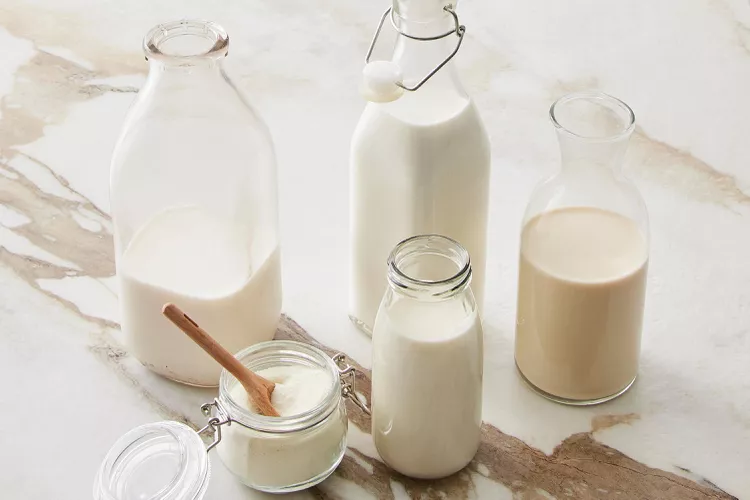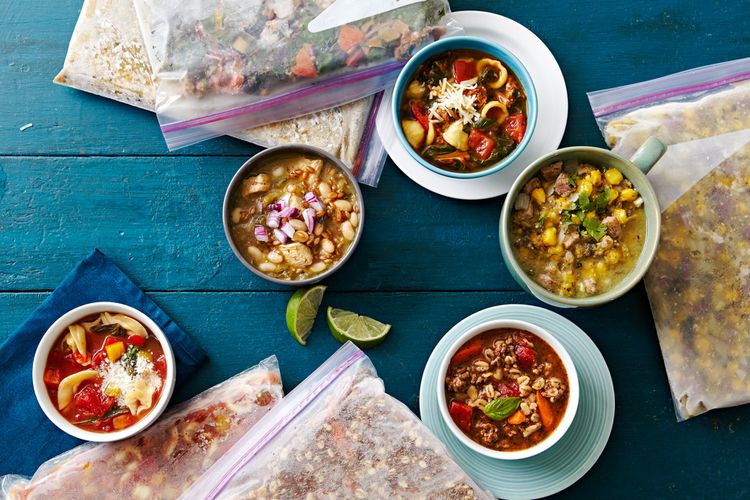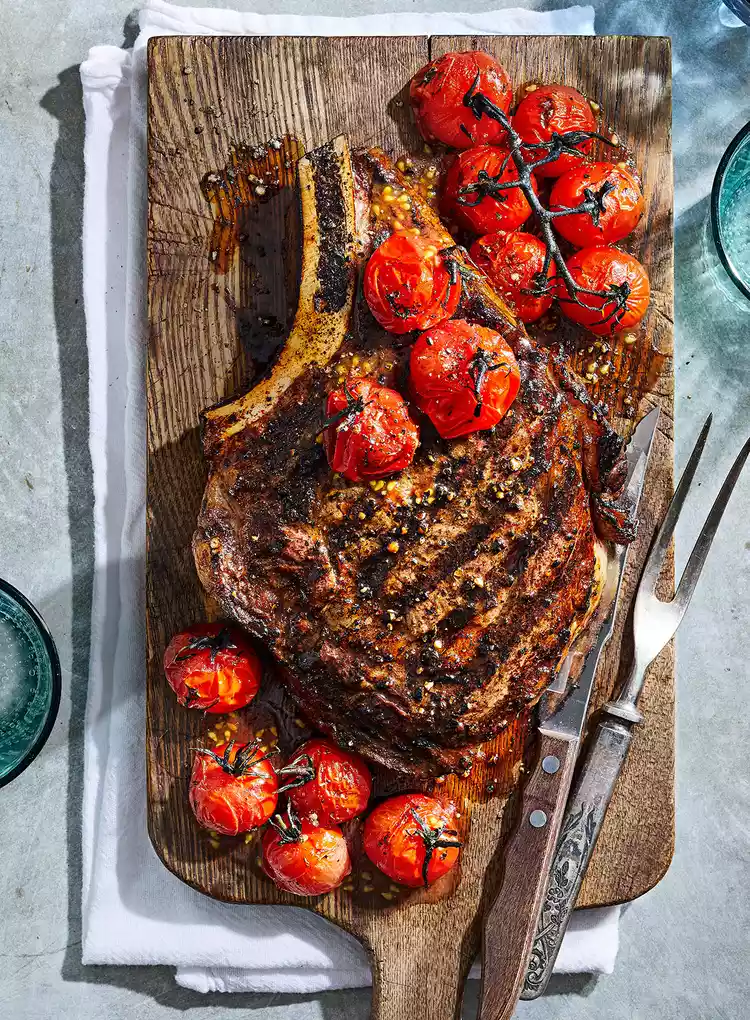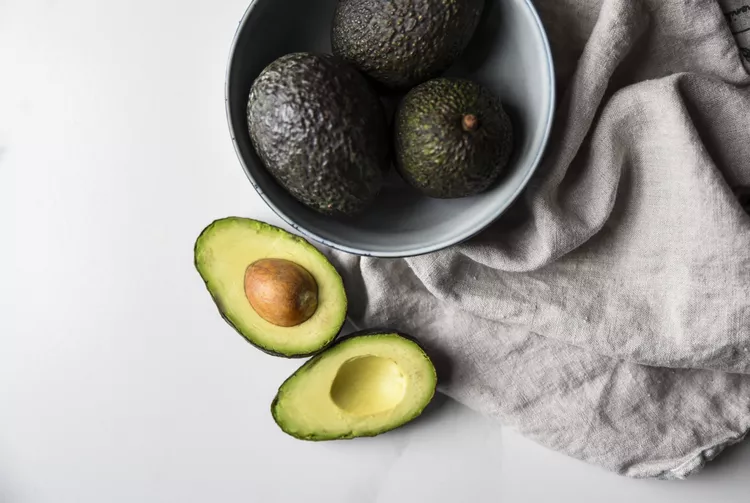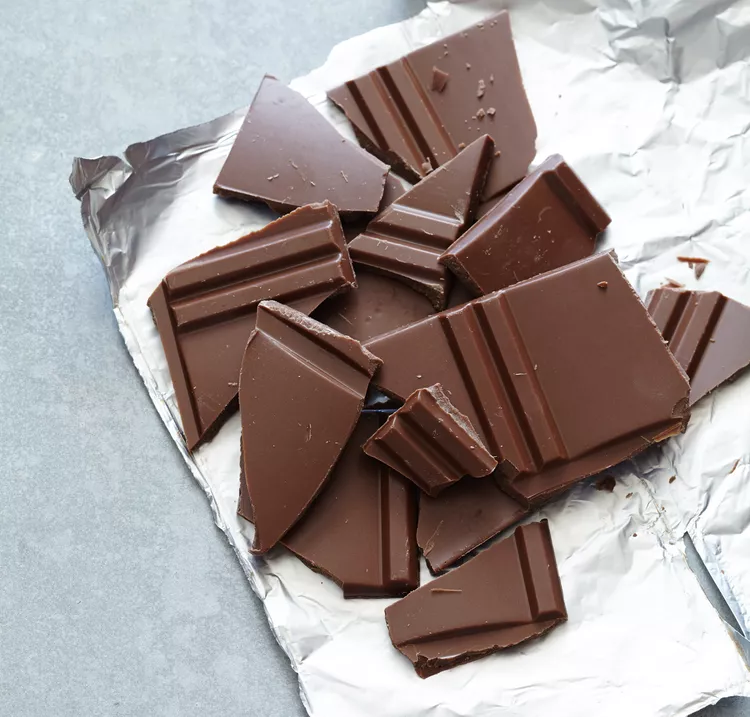Understanding Cooking Oils: A Comprehensive Guide
When it comes to cooking, one of the most common questions readers often ask is how to choose the right oil for various cooking purposes. With supermarket shelves filled with a myriad of oil options, deciding which oil to use can be overwhelming. This article aims to demystify the world of cooking oils, focusing on olive oil, corn oil, vegetable oil, and other options recommended by our Test Kitchen experts.
Olive Oil: The Star of Healthy Cooking
Olive oil is a favorite among home cooks for its flavor, versatility, and health benefits. It contains more monounsaturated fat than any other plant oil, making it a heart-healthy choice. A study in 2018 highlighted the widespread opinion that extra virgin olive oil should be the fat of choice for both human health and sustainable agronomy.
Exploring Neutral Plant Oils: Corn Oil vs. Vegetable Oil
When olive oil isn't available or when you're looking for a budget-friendly, neutral-flavored option, corn oil and vegetable oil are popular choices. Here, we delve into the properties and uses of these oils, helping you make informed decisions for your kitchen.
What Is Corn Oil?
corn oil is a golden yellow-colored oil with a neutral flavor and aroma. It is liquid at room temperature and is ideal for frying, sautéing, grilling, and adding a subtle corn flavor to baked goods. Extracted from corn kernels, this oil undergoes a series of chemical treatments to remove impurities and unwanted flavors, leaving it with a high smoke point of around 450°F. While it contains some vitamin E, a cancer-fighting antioxidant, corn oil is relatively low in healthy fats compared to olive oil.
What Is Vegetable Oil?
Vegetable oil is a very light, straw-colored oil with an extremely neutral flavor and aroma. It is liquid at room temperature and is great for a variety of kitchen applications, including baking, frying, sautéing, and salad dressings. While the term "vegetable oil" can be a bit misleading, it typically refers to a blend of oils such as soybean, canola, corn, safflower, palm, and sunflower. Vegetable oil undergoes processing to transform it into a cooking oil, and it contains about 120 calories, 14 grams of fat, and 7% of your daily recommended value of vitamin E. The average vegetable oil has an 8:1 ratio of omega-6 to omega-3 fats.
Corn Oil vs. Vegetable Oil: Which Is Better?
While corn oil and vegetable oil share similarities, there are key differences to consider. Vegetable oil is generally preferred due to its neutral flavor, affordability, and slightly healthier profile compared to corn oil. The Test Kitchen recommends using vegetable oil for stir-frying, deep-frying, grilling, sautéing, baking, and in salad dressings or sauces.
- Sarah Brekke, M.S., Better Homes & Gardens Test Kitchen brand manager
Other Test Kitchen-Approved Oils to Stock in Your Pantry
For a well-equipped pantry, the Test Kitchen suggests keeping a variety of oils on hand, including olive oil, peanut oil, and coconut oil. Each offers unique benefits and uses in the kitchen:
- Olive oil is a must-have for its flavor and health benefits, ideal for salad dressings, drizzling over pastas and soups, and enhancing dish flavors.
- Peanut oil is the go-to for frying due to its high smoke point and better nutritional profile compared to corn oil.
- Coconut oil is versatile, offering a light coconut flavor, suitable for vegan recipes, and key in creating a solid chocolate ice cream topper.
